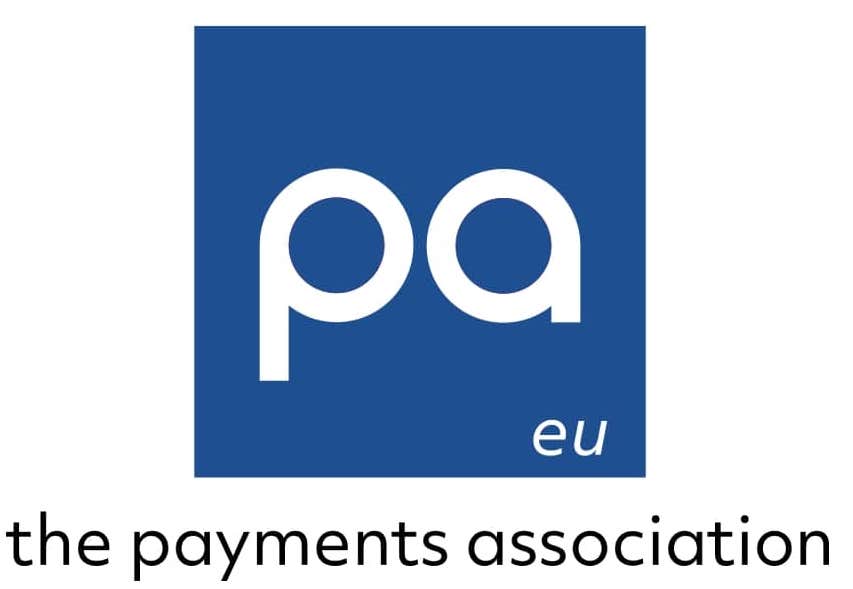Embedded finance is the future of fintech innovation that will benefit all businesses and retailers seeking to remove common barriers to cryptocurrency access, offer various payment methods and enable a better customer experience.
Embedded finance has been steadily emerging for the past several years and has reached its peak this year. The fundamental changes brought by the innovation are marked by the general intention and objective of fintechs, which is to unify services and eliminate the intermediary.
Innovation allows fintechs to dominate the finance landscape. Fintechs have changed customer payment behaviours away from the traditional finance models, creating a disruptive payment infrastructure.
A global survey of 2,500 small- and medium-sized enterprises (SMEs) across 10 markets conducted by Accenture found that SMEs are interested in exploring embedded finance solutions from digital platforms. Accenture forecasts a revenue uplift of up to $92 billion within the embedded finance market by 2025.
Embedded finance enables direct payments and empowers businesses. The integration of financial services and products into other types of customer-focused products allows users to increasingly refer and get access to additional services, such as travel, retail, and health.
Embedded finance makes finance accessible to every business, making payments invisible to businesses outside the financial services sector and providing them with a new customer experience.
It’s important to point out that the sustained growth of every business depends on the level of customer experience. A positive customer experience increases customer acquisition and lifetime value.
The development of Banking-as-a-Service (BaaS) provides a great opportunity for existing financial institutions and businesses to reach a wider pool of customers, at a lower cost, by collaborating with non-financial companies.
Markets and fintech – payments are everywhere
There are some businesses that experience an excessive level of embedded finance innovation in their own business activity, such as marketplaces and retailers.
The traditional ‘paying’ approach is evolving. Embedded finance technology is the most progressive evolution that is happening in the retail market.
To take advantage of increasing demand for seamless transactions, businesses are eager to provide payments, cards, investments, insurance, and loans in new ways to enhance the customer experience.
Research conducted by Bond Financial Technologies and Cornerstone Advisors proved that most consumers willingly pay when financial product offerings are integrated within the infrastructure of the product they use.
Almost every retail brand gets a chance to become a payment services machine without additional spending on heavy infrastructure and long-term developments.
In the same vein, embedded finance allows companies to create an all-in-one, integrated ecosystem with the payment functionality that facilitates customers’ direct access to the banking services they need, when and where they need them, within the applications they’re accustomed to using. For example, brands like Starbucks leveraged API technology and offer their own finance-related app for an improved customer-centric business process.
Fintech undoubtedly owes its rapid acceleration and fast digitalisation to high customer demand, pushing the boundaries of technology and stimulating a deeper focus on technology-payment-person correlations.Innovation that will enhance the customer experience
It is important to realise that unlike most innovations, embedded finance has changed the future of fintech development because new services will be created on the fundamentals of embedded finance.
Embedded technology is a powerful engine that will accelerate innovate in embedded finance, similar to how buy-now, pay-later helped retailers to scale their businesses. For example, most retailers had to outsource the split-payment feature but can now offer BNPL directly in their own infrastructure because of the technology available based on embedded finance fundamentals, such as BaaS and Plug and Play.
The development of BaaS provides a great opportunity for financial institutions and businesses to reach a wider pool of customers at a lower cost by collaborating with non-financial companies.
A digital orchestration, coupled with compliance regulatory expertise, is what all companies need to create a highly scalable service proposition.
Plug and Play has all the features in a box that are ready to use. The demand for seamless ready-to-use solutions has eliminated the need to build complex interactions within a scheme.
The higher demand for a seamless integration is proof that embedded finance will penetrate into all areas connected with digital payments.
The increased trust in cryptocurrencies, and its overall adoption by the major payment schemes, has resulted in embedded crypto models that allow crypto-related companies to get on a payment rail and collaborate with licensed regulated companies to navigate the roadmap for compliant services.
Embedded finance marches towards unlocking a plethora of new prospects for both businesses and financial institutions to remove common barriers to cryptocurrency access, deepen engagement and connect with their customers.
Combining cryptocurrency with BaaS connects both systems in one payment rail and gives opportunities for customers to easily make all crypto-fiat transactions: buy, sell and exchange with crypto.
Capturing the full promise of embedded finance in improving customer experience may take years and requires enormous efforts in reforming custom structures of traditional payment services. It has gained momentum over the years and now plays a fundamental role in shifting how consumers interact with their finances.
